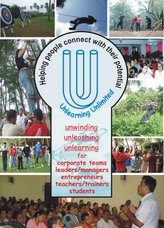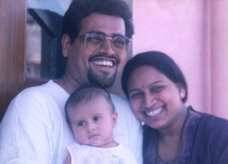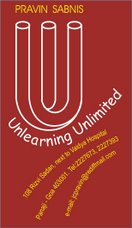Last week, 34 budding entrepreneurs were connected
to mentors in a two-day residential workshop conducted by GEMS. Born of the
vision of Rajkumar Kamat, GEMS is Goa Entrepreneur Mentoring Service Trust that
seeks to share the experience of business achievers with the ones who are
starting off. The mentors will provide expertise to less experienced
individuals to help them advance their dreams, enhance their learning and build
their networks.
Mentoring programs are increasingly popular in
various organisations where newcomers are paired with experienced people, who
act as friends and guides. However the GEMS initiative is commendable as the
mentors are mentoring those who can be their future competitors. So does
mentoring make sense when not within an organisation? Is it foolish to empower
one’s competition?
We need to remember that the qualities of an
effective mentor include risk taking, trustworthiness, a depth of knowledge and
above all being emotionally strong. Mentoring obviously can come only from a
position of courage, confidence and competence. It requires the ability to
envision the worthy dream to pass on the baton of experience and thus be able to
leave a legacy.
Mentoring needs us to move beyond illusionary
insecurities. And it is the right attitude that makes the mentor moves to
higher levels as he mentors his mentees. Indeed while it is great to be
efficient in achieving, we will be better at creating an impactful legacy when
we involve in mentoring. Having the courage to share through mentoring is the
true test of every achiever.
True confidence does not stop at self-centred
achieving
Let’s
BE BETTER at having the courage to do mentoring!
- Pravin K. Sabnis
Goa, India.




